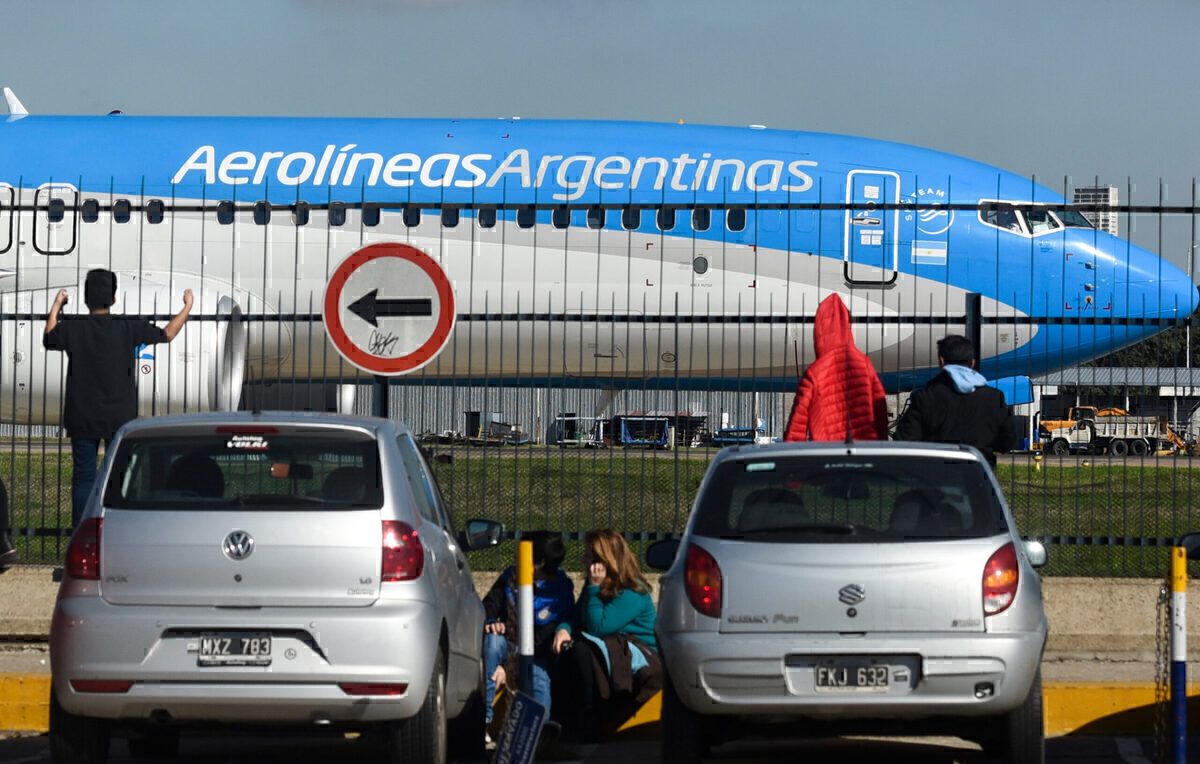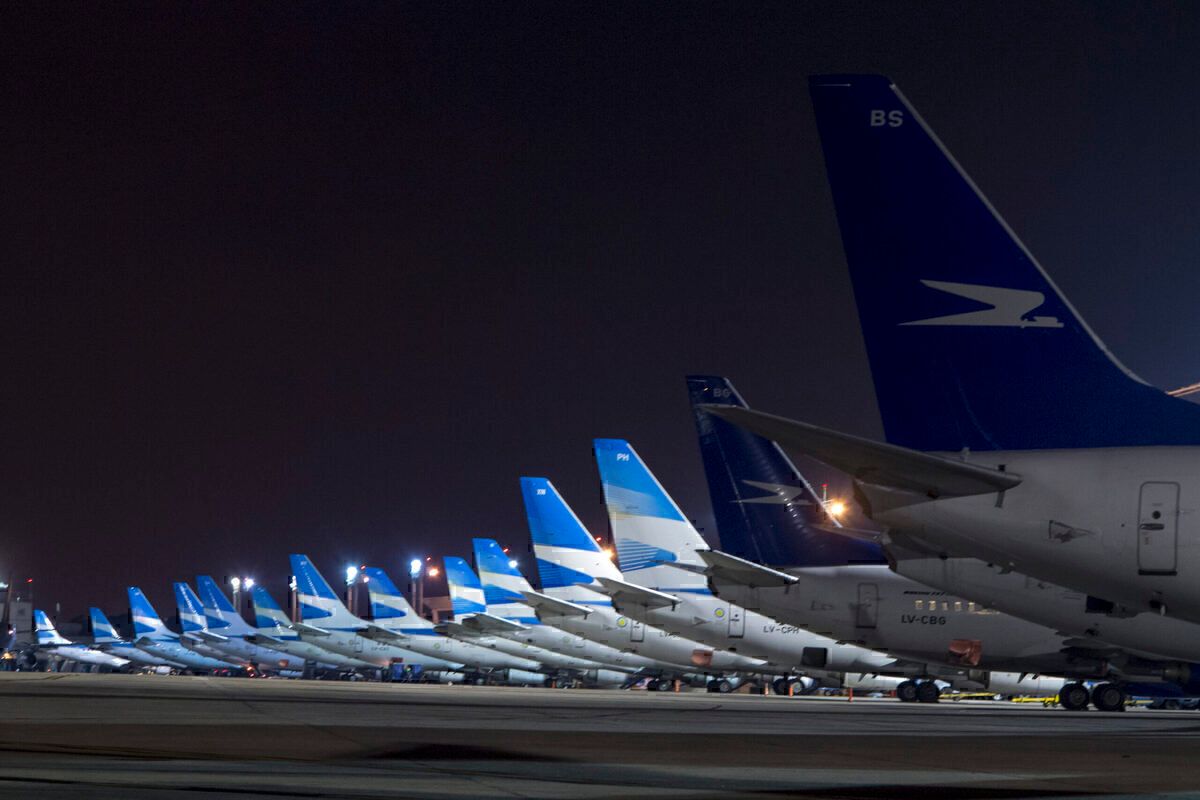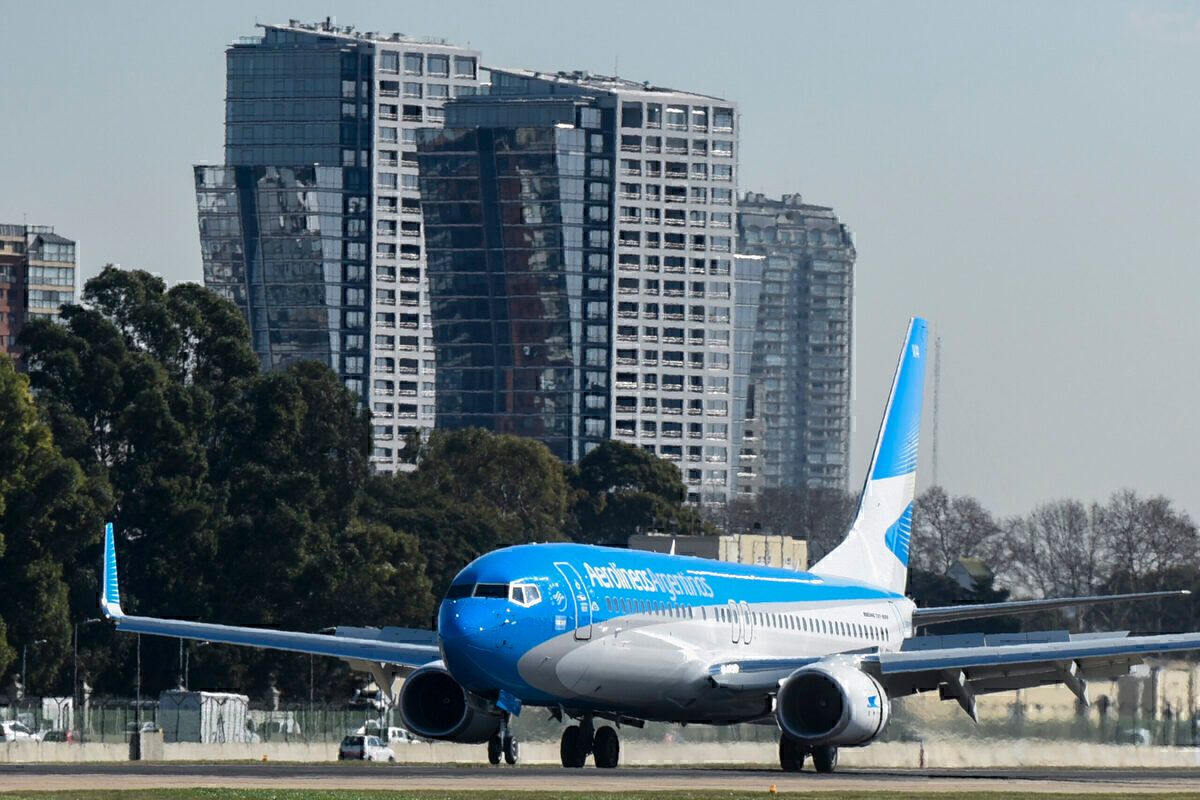In order to keep Aerolineas Argentinas and Austral afloat, the Argentinian Government invested US$527 million between January and November 2020. This amount is the largest invested since 2015, according to data provided by the State airlines.
Aerolíneas Argentinas - the State airline
Aerolineas Argentinas was founded on December 7, 1950. The former Argentinian president, Juan Domingo Perón, signed a decree and merged four existing airlines: ALFA, FAMA, Zonda, and Aeroposta.
Over its history, Aerolineas was a private company at times. But, when it had a crisis between 2001 and 2008, the Argentinian Government acquired Aerolineas to keep it flying.
The Argentinian Government also had another State carrier, Austral Líneas Aéreas. Last year, Argentina decided to merge both companies under one brand.
By 2019, Aerolíneas and Austral held 63% of the domestic market share. Since 2015, when the Argentinian Government added flexibility to the country’s aviation market, both companies lost 11% of the market share to private carriers like LAN Argentina, Flybondi, Norwegian, JetSmart, and Andes.
Nevertheless, the Argentinian market is not an easy place to break even. So far, Norwegian and LAN Argentina have ceased operations in the country. Flybondi and JetSmart continue to fly, but not without controversy, and Andes’s future is in the balance.
Stay informed: Sign up for our daily aviation news digest.
How much money have these carriers received?
The presence of the Argentinian Government in the civil aviation market unbalances the competitiveness of the country. Despite that, Aerolíneas Argentinas is not profitable.
Between 2018 and 2019, the airline lost a whopping 58.73 billion Argentinian pesos (nearly US$670 million, at current exchange rates).
Aerolíneas still has to publish 2020’s financial results, but they won’t be any better. At points, the airline’s profit fell 97% due to the COVID-19 pandemic. According to Pablo Ceriani, Aerolíneas’ CEO, it will take five years before the carrier is profitable.
In the meantime, the Argentinian Government invested US$527 million between January and November 2020. Since July 2008, the Government has invested US$6.72 billion in both Aerolíneas and Austral.
How did Argentina close the year?
The Argentinian airline industry had one of the worst performances worldwide due to severe travel restrictions. Between April and October, the number of passengers fell by 99% because the airlines were unable to operate. These measures led to the exit of LAN Argentina.
By December, the number of domestic passengers in Argentina was 88.2% below its preCOVID figures, according to Government stats. Approximately 159,000 passengers flew domestically in the country. Aerolíneas held 86% of the domestic share, followed by JetSmart’s 9%, and Flybondi’s 4%.
The international market performed slightly better, finishing with an 87.8% passenger decrease on a year-to-year basis. Nearly 140,000 international passengers flew to Argentina in December, led by Aerolíneas Argentinas with a 32.15% market share. LATAM held a 13.47% market share; American Airlines 10.27%; Iberia 7.21%; Aeromexico 4.83%, and Copa Airlines 4.53%, among others.
Nevertheless, the country is still a long way from a full recovery. The Argentinian Government will most likely have to invest even more money in Aerolíneas Argentinas in 2021 to keep it afloat. This year will be critical for the other carriers in the country; it is uncertain they will survive in the current Argentinian landscape.
What do you think of Argentina’s investment in its State carriers? Let us know in the comments.



